POSTCITY
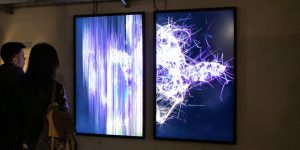
Takuro Someya Contemporary Art, Tokyo
Takuro Someya Contemporary Art (TSCA) is an art gallery in Tokyo. TSCA thoughtfully shows research and works by a number of Japanese and international contemporary artists across various mediums who are groundbreakers in their respective genres. The gallery represents its artists at international art fairs. Art fairs that Takuro Someya Contemporary Art has participated in include Art Basel Miami Beach, Art Stage Singapore, and Art Fair Tokyo. The gallery was founded in 2006 and is now situated within a major contemporary art gallery complex (TERRADA) in Shinagawa of Tokyo.

Bodiject-oriented
Kenri Kodaka (JP)
Bodiject-oriented is a media installation designed to give viewers an experience of “bodiject” (body as object). In this work, a single double-sided mirror vertically divides a flat display into two left and right planes; the body-image plane and the object-image plane.
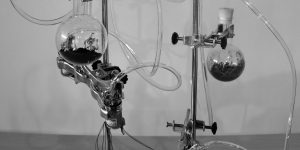
Noise Eater
Bill (BiCheng) Zhou (CN)
Noise Eater is a kinetic art piece exploring the poetics of noise electronics and the human condition. The installation allows the participants as well as the art piece itself to consume noise, generate noise and provide an aesthetic experiment consisting of electronics, exploring concepts of humanity and nature.
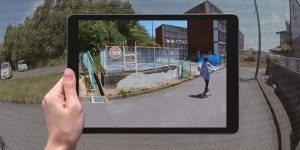
Resolution of landscape
Tsutomu Yamamoto (JP)
Resolution of Landscape is a work of mixed reality. Viewers can experience two spaces between the exhibition space and a landscape movie shown on the iPad. Through this experience, the viewer draws a space in their own mind. That experience expresses spatial sense and contemporary realism in virtual space.
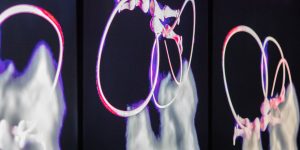
Liminal Beings
Eva Papamargariti (GR)
Liminal Beings explores the concept of “automaton” and the different anthropomorphic forms and functions embedded within its ontology.

DM 1.0
DTG (JP)
Image analysis by deep learning has improved AI drastically, but the AI does not yet understand the meaning of “cat.” DM 1.0 is an interactive drawing machine, and the intention is to experiment with an abstract concept (this time a circle) that people have. Humans draw through rotational movement of their joints, and the drawing process of DM 1.0 is a combination of two linear motions. This work will make us aware of the difference between human physicality and machine drawing.

Swipe
Bérénice Serra (FR)
Swype is a virtual keyboard, developed for touchscreen smartphones and tablets, that allows the user to write by sliding his finger from the first to the last letter of a word. Using a predictive text system, this keyboard can achieve a writing speed of 50 words per minute. The Swipe project proposes a translation app that highlights a link between writing speed and the enrichment of language through graphic writing, by recording the signs generated with the Swype keyboard. Each word then produces a new sign.
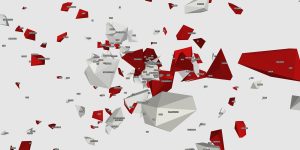
M0T3TU5
Alessandro Capozzo (IT)
M0T3TU5 is a project placed at the intersection of generative art, artificial intelligence and data visualization. It is based on texts generated by a neural network trained with some of the fundamental books of western scientific thought (Dialogo sopra i massimi sistemi by Galileo and Opticks by Newton).
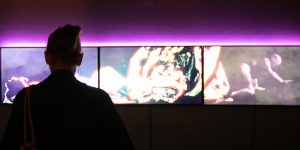
TRANSFER, Los Angeles
TRANSFER is an experimental gallery that focuses on simulation in contemporary art. The gallery represents an emerging movement of women refiguring technology, and specializes in immersive exhibitions of new formats like animated GIFs, algorithmic art, software-based artworks, VR/AR, and internet art. In 2016 TRANSFER launched a virtual exhibition format called the TRANSFER Download, which has traveled to public art institutions in San Francisco, New York City, Los Angeles, Santa Fe, Basel, and Shanghai. The gallery was founded in NYC in 2013, and opened in Los Angeles in 2019. TRANSFER is independently owned and directed by Kelani Nichole.
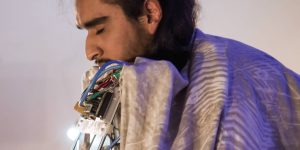
IC-Decoder
Wesley Lee Yang (BR)
For this year’s exhibitions graphic design, we not only wanted to develop attractive aesthetics but also to provide an appealing visual code that can be decoded in order to transmit information. It is with this in mind that the IC-Decoder was created: a ludic exploration of decoding potential information from visual patterns.


